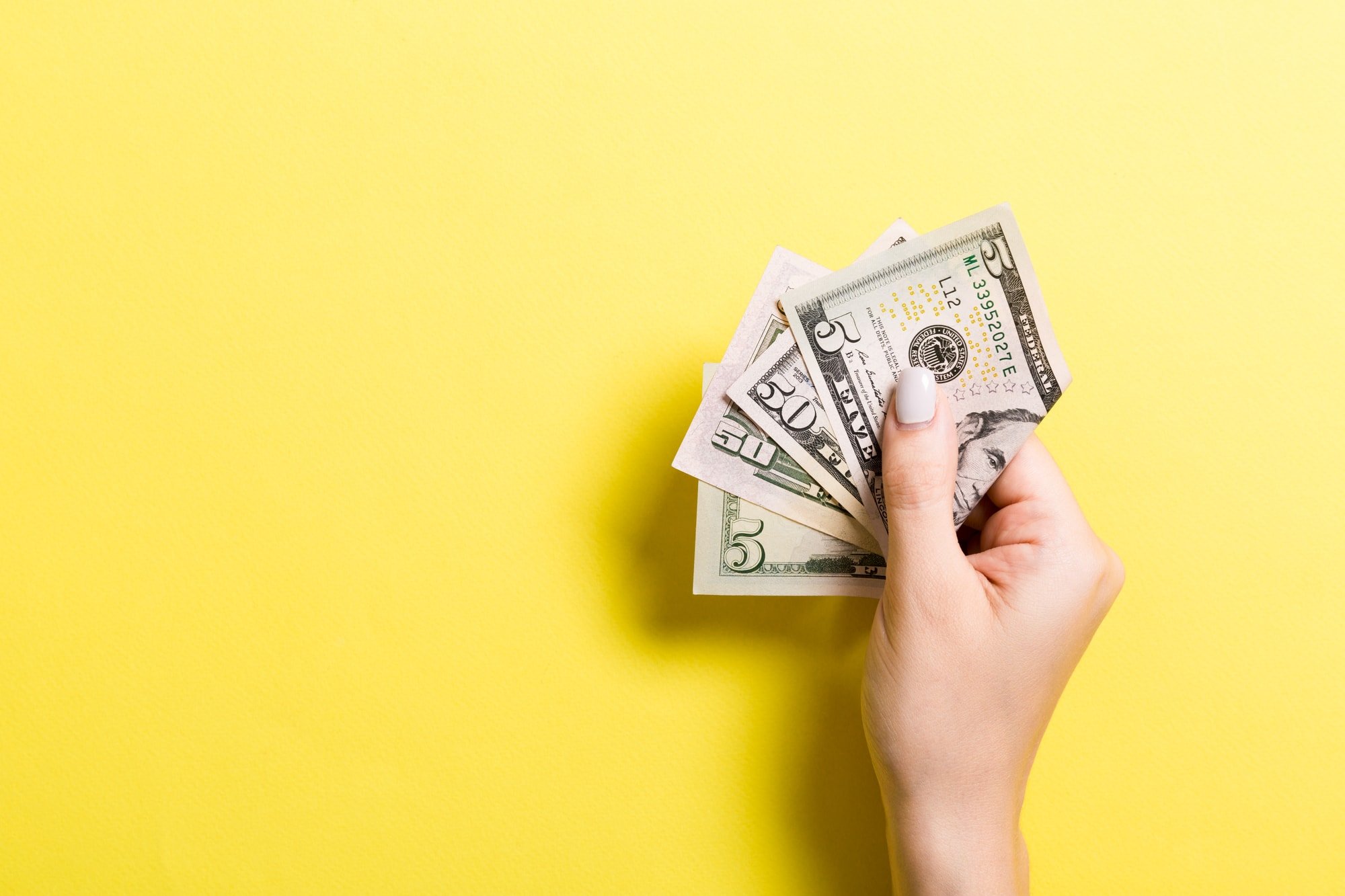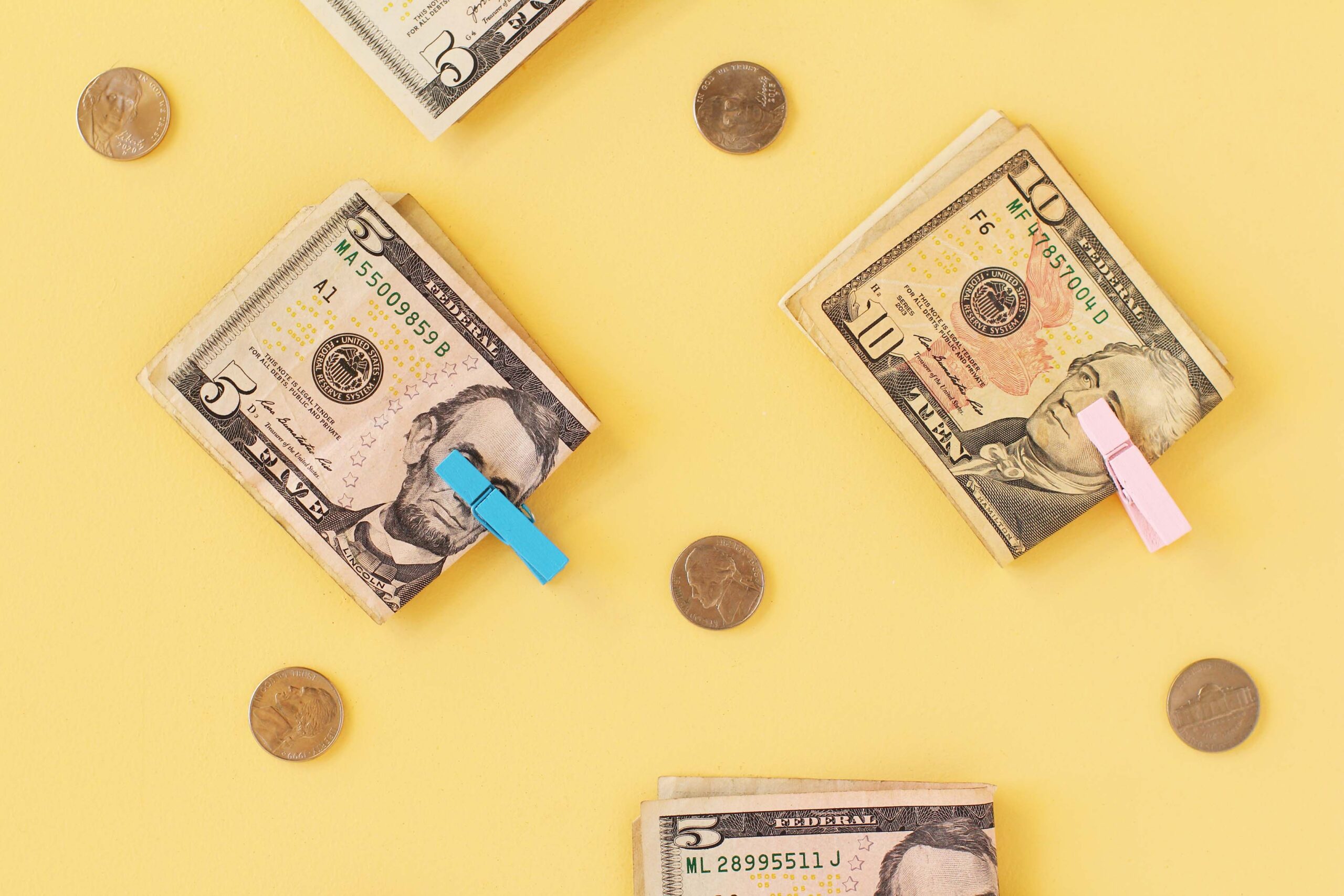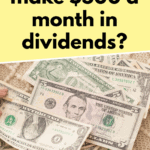What are dividends?
This is a question I hear quite often from people who are starting to invest. Or, you might ask, “what are dividends?” when learning about the benefits of investing.
Either way, you will start reading about the term “dividends” as you start investing, saving for retirement, improving your financial future, and so on.
But, what are dividends?
Dividends are simply a payment in cash or stock that public companies distribute to their shareholders.
That’s the simplest way to answer the question, but there is still a lot to understand about what are dividends.
Whether you have a basic idea of what dividends are or if they are a completely new concept to you, I want to talk about dividends with you today.
As you start investing more, dividends are a term that will eventually come up, and I think it’s a great thing to learn about when it comes to investing and saving for retirement.
Like other important financial concepts, understanding what are dividends and how they work can help you improve your financial situation now and into the future.
Dividend investing is when you invest in stocks that pay dividends. This can be a good source of income for people like you and me, and it’s rather passive.
Investing is important because it means you are making your money work for you. If you weren’t investing, your money would just be sitting there and not earning a thing.
Today, I am going to talk about some common questions I’ve heard about dividends, such as what are dividends, how they work, what stocks pay dividends, how to live off of dividends, and more.
Content related to what are dividends:
- What is Value Investing, and Why Should You Care?
- How I Became A Successful Dividend Growth Investor
- 12 Passive Income Ideas That Will Let You Enjoy Life More
- How To Start Investing For Beginners With Little Money
- 17 Best Income Generating Assets That Make Passive Income
What are Dividends? A Beginner’s Guide to Understanding Dividends
What does dividend mean?
A dividend is a distribution of a company’s profits to its eligible shareholders. Your dividends may be cash, stock, or even warrants to buy stock.
The amount of a dividend is determined by a company’s board of directors, and they are given as a way to reward those who have stock in their company.
What are dividend stocks?
A dividend stock is any stock in a company that pays a dividend.
Both private and public companies pay dividends, but not all companies offer them. Additionally, there are no laws that require companies to pay dividends.
Do all stockholders earn dividends?
No, not all stockholders are eligible to receive them equally, even if the company has dividend-paying stocks.
There are factors such as preferred and common stock, and there are even different classes of stock.
For instance, if a dividend-paying stock has both common and preferred stock, those owning preferred stock are more likely to be paid dividends.
The reason is that preferred shareholders have priority over a company’s income, but they have no voting rights. Those who own common stock have a voting right, but they’re last in line when it comes to company assets.
When are dividends paid?
Dividends are paid on a monthly, quarterly, or yearly basis, but it’s most common for them to be paid quarterly. It all depends on the company.
To understand what are dividends and when they are paid, here are three key dates to understand:
- Declaration date: The date when the company’s board or management team announces a dividend will be paid. The company still has to vote on whether or not to pay them.
- Ex-dividend date: You must own a dividend-paying stock by this date to receive the dividend. So, if the ex-dividend date is March 1, then you must own stock in that company by at least the day before to be eligible for dividends.
- Payment date: The day dividends are paid out on dividend-paying stocks.

How do dividends work?
If you own shares of a dividend-paying stock, then a dividend is paid per share of that stock.
So, if you have 10 shares in Company XYZ, and they pay $5 in cash dividends each year, then you will get $50 in dividends that year.
While dividends can be paid on a monthly, quarterly, or yearly basis, they are most commonly paid out quarterly – so 4 times a year.
In the example above, the $5 in cash dividends the company pays each year will most likely be distributed as $1.25 per quarter for each share of stock.
The most common type of dividends are cash dividends. Shareholders may choose this to get deposited right into their brokerage account. Or, another common type of dividend is to choose additional shares of stock.
What stocks pay dividends? What companies pay dividends?
Not all companies have dividend-paying stocks.
Larger companies that have been around for a long time are usually the ones that pay dividends. But, even though a company has paid a dividend in the past, it does not mean that it will always pay dividends.
For example, if a company isn’t profitable, the board may vote not to pay dividends.
However, if a company is known for paying dividends and they’re decreased or eliminated, then shareholders and the public may assume that the company is not doing as well. This can impact the stock price.
Here are some dividend-paying stocks:
- Lowe’s
- Walgreens
- Johnson & Johnson
- Target
- Apple
- 3M Company
- Procter & Gamble Co.
- Coca-Cola
- McDonald’s
- Ford
Why do some companies not pay dividends?
Newer companies or companies that are still growing are less likely to pay dividends because they’re reinvesting their profits back into the company in order to grow.
Surprisingly, there are still some large companies that don’t pay dividends. The most notable ones are Amazon, Meta (which was Facebook), Tesla, and Alphabet (which owns Google).
What are the best dividend stocks?
If you’re wondering what are dividend stocks, there’s a good chance you want to know which are the best. The best dividend stocks are ones that pay a high yield and pay dividends consistently.
Many experts believe that the S&P 500 Dividend Aristocrats index contains companies known for the best dividend stocks.
The Dividend Aristocrats index includes companies like:
- Universal Corp
- Phillips 66
- Omnicom Group Inc.
- 3M Co.
- Hasbro Inc.
- National Bankshares Inc.
What is dividend income?
Dividend income is any distribution of a company’s property to its shareholders. This can be in the form of cash, stock, or anything else.
When you read about someone trying to live on dividend income, they are talking about living off the income they earn from dividend-paying stocks.
Most people don’t live off of dividend income, but it can be a nice source of passive income.
What is a dividend yield?
A dividend yield is the percentage of a company’s stock price that it pays per share in dividends each year.
Is a dividend good or bad?
Investing in stocks that pay dividends is generally thought to be a wise decision. They are often thought to be safer than stocks that don’t pay dividends, but it’s not as simple as that.
See, when you earn dividends, that money isn’t automatically being reinvested – it becomes uninvested cash unless you are enrolled in a dividend reinvestment program (more on this shortly).
Also, dividends affect a company’s share price.
This is because a company pays dividends from its profits. Typically, dividend payments will increase the share price on the dividend announcement date, as well as a decrease on the ex-dividend date.
Additionally, a company paying out too much of their profits in dividends can signal that management doesn’t want to reinvest in the company because they don’t believe the company shares will increase in value.
Despite all of that, many people buy dividend-paying stocks because they can be a valuable way to grow your income.
Overall, having a diversified investment portfolio, including dividend stocks and ones that don’t pay dividends, is one of the smartest approaches to investing.
Can I reinvest my dividends?
Yes, there are different ways to invest your dividends.
One of the reasons you may be asking, “What are dividends?” is because you’ve heard of a dividend reinvestment program. This is also known as DRIP.
Many online brokerages, Robo-advisors, and micro-investing apps offer a DRIP program.
The way a dividend reinvestment program works is that dividends are automatically reinvested in the company. This is typically done by purchasing micro or fractional shares of that company’s stock.
For example, if you have money invested in Apple shares, when you earn your Apple dividend, the DRIP program automatically reinvests your dividends in more Apple shares.
Your dividends are used to automatically purchase more shares.
Depending on your long-term goals, this is a good way to make your money work for you.

How do I make $500 a month in dividends?
If you want to make $500 a month in dividends, there’s not an exact amount you need to invest in dividend stocks. This is because different companies pay different dividend amounts.
However, to make $500 a month in dividends, you most likely will need to invest over $200,000 in dividend-paying stocks.
This is because the current average on dividend-paying stocks is usually a little less than 2%, and some companies may pay more or less than this amount.
Can I live off of dividends?
Yes, many retirees live off of their dividends – either fully or partially.
This is one of the best passive income ideas to work towards. It does take money to start, but this is something you can work on even if you don’t have much money to start.
By investing in dividend-paying stocks, you may be able to earn a decent amount of passive income with very little work needed to be done.
This is one of the riskier passive income ideas because there are no guarantees in the stock market. There is no way of knowing exactly which stocks will earn money and what the stock market will do over time.
But, it is very possible to live off of dividends.
If you plan to spend $30,000 a year in expenses (such as housing cost, food, travel, insurance, and everything else), and you think you could build a dividend portfolio of around 3%, then you would most likely need an investment portfolio of at least $1,000,000.
You reach this amount with the equation: $30,000 / .03 = $1,000,000.
What is dividend growth investing?
I have a blog post written by a dividend expert, and he answered this question perfectly in that post:
“The core idea of dividend growth investing is to invest in businesses via the stock market that are likely to pay growing dividends over time. Dividend growth investing has a hidden benefit. It focuses you on the business, and not on the stock price. This means less (and hopefully no) panic selling during recessions. In fact, many dividend investors take advantage of market declines by purchasing into great dividend growth stocks while they are trading at a discount.” – Ben Reynolds
I recommend reading Reaching Early Retirement Through Dividend Growth Investing to learn all about this topic. You’ll learn about what are dividends and how to use them for retirement investing.
What is a good resource on dividend investing?
A popular resource on the topic of dividend investing is Sure Dividend.
This resource provides their top 10 selections for dividend stocks with 25+ years of rising dividends each month.
How can I track my investment portfolio?
I recommend Personal Capital, which is a free tool to track your investments. Now, Personal Capital does not have a dedicated dividend tracker, but it is a great tool to track your overall investments.
You can see your investment portfolio all in one place so that you can easily track your performance, see your investment allocations, and easily analyze your investments.
The Personal Capital Retirement Planner will also tell you if you have saved enough for retirement.
How can I invest in dividend-paying stocks?
The first thing you need to do is find an investment platform.
Then, set a budget and decide which dividend-paying stocks you want to invest in.
What are dividends? Summary
A dividend is a way for a company to reward its shareholders.
Not all companies pay dividends, but many do, such as many big companies such as Target, Apple, Ford, and more. Dividends do impact a company’s share price, usually by the amount of the dividend.
This is simply another way to earn an annual income passively, and a way to live off of your investments.
What other questions do you have about dividends?

Leave a Reply